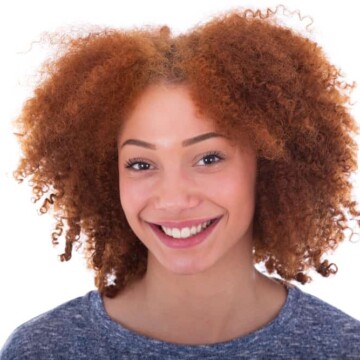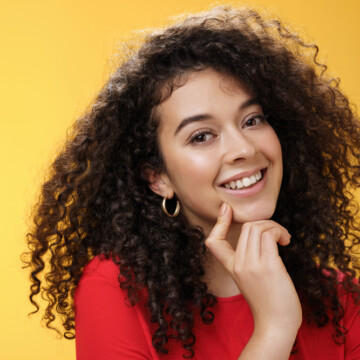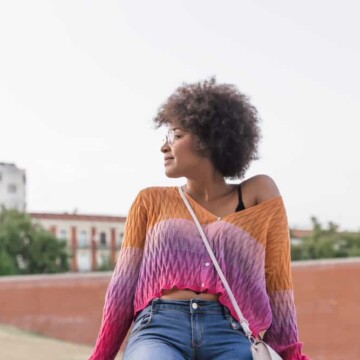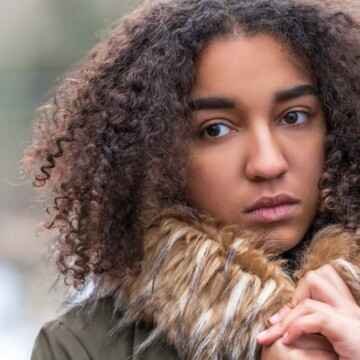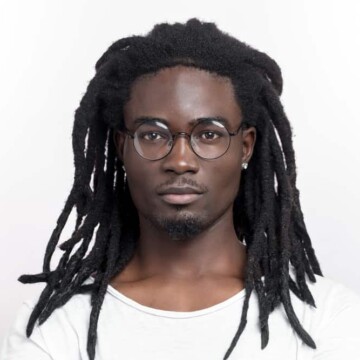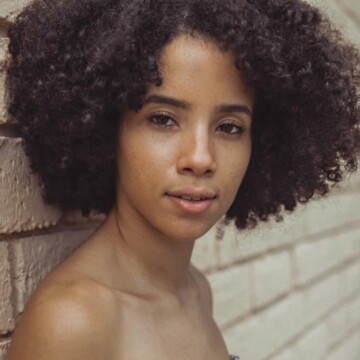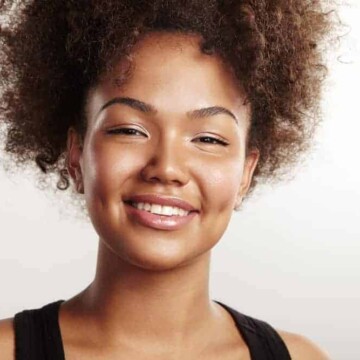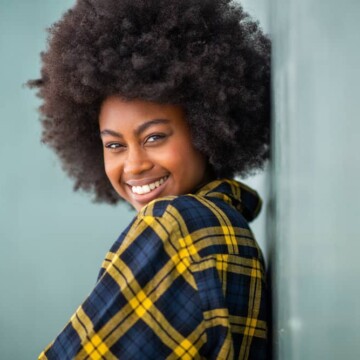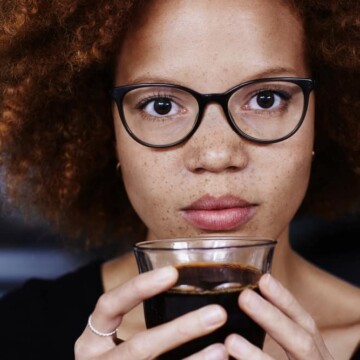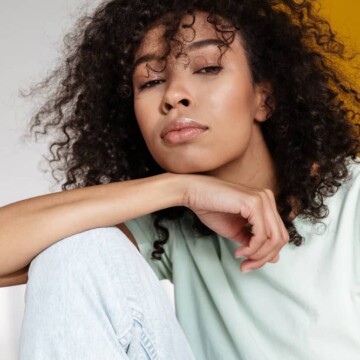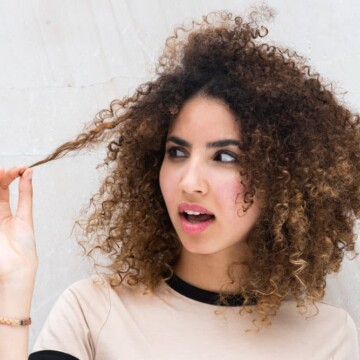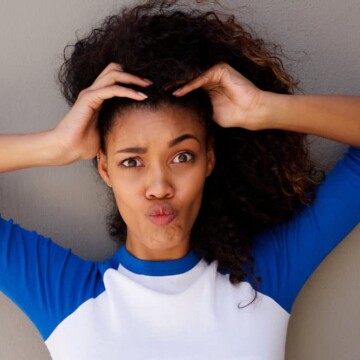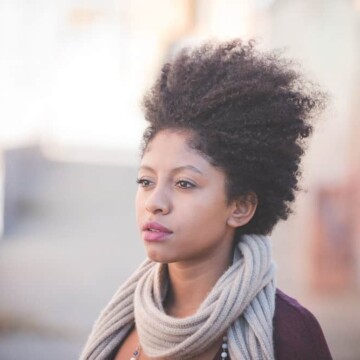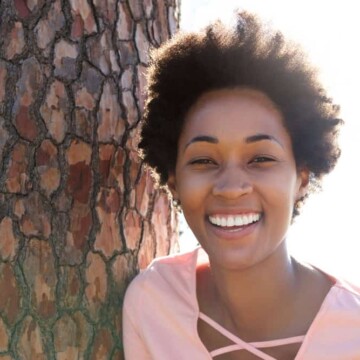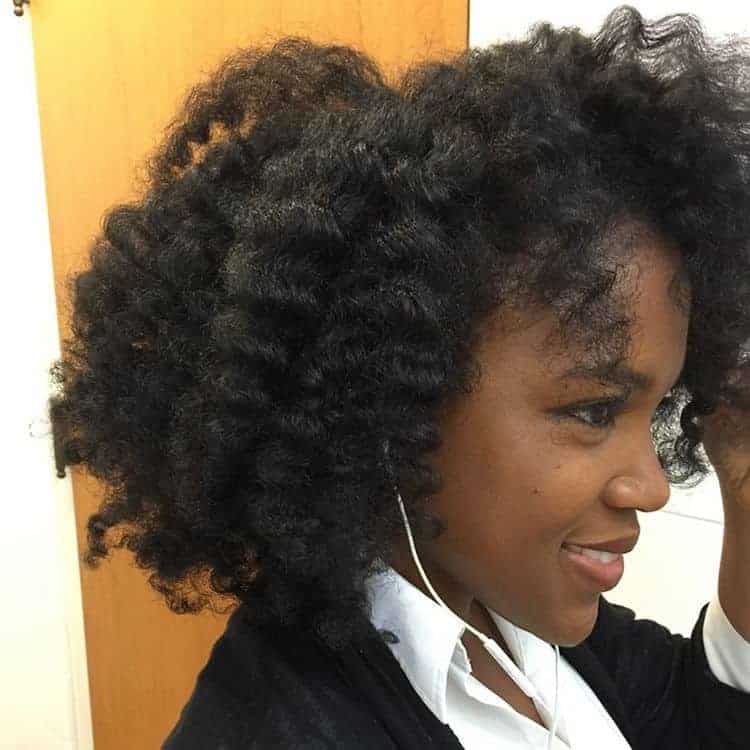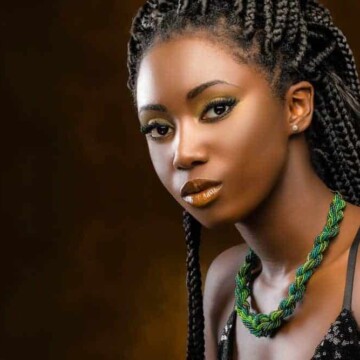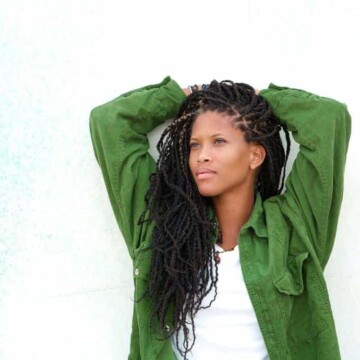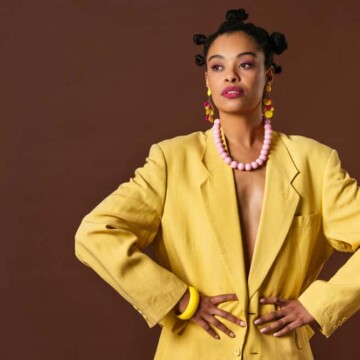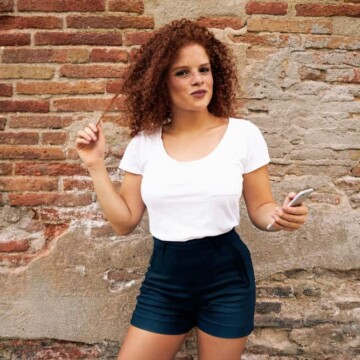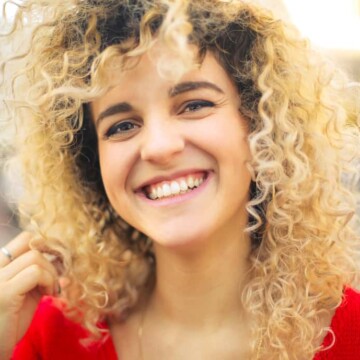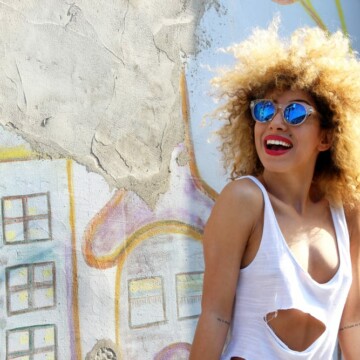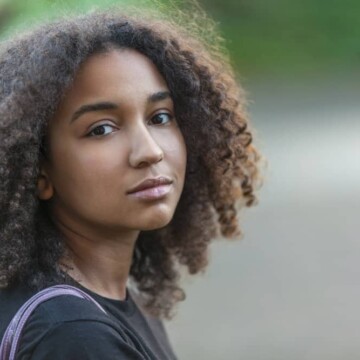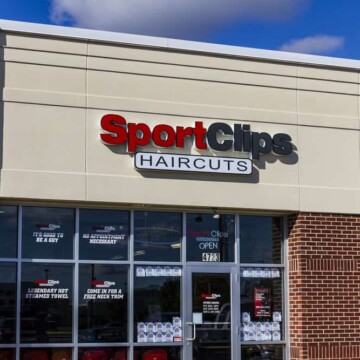Since its inception in 2008, Curl Centric has become a trusted authority in the hair care industry. It boasts over 15 years of experience, over 800 well-researched articles, and a dedicated following of over 10,000 daily readers. Our husband and wife team is passionate about providing exceptional, high-quality content to empower individuals on their curly hair journey.
We pride ourselves on being the most comprehensive curly hair resource online, with a mission to help ladies with curly hair embrace their natural hair journey and fall in love with their curls. Explore our extensive library of articles to unlock invaluable insights and guidance from our seasoned professionals, and join thousands of others who have discovered the Curl Centric difference.
Most Popular Curl Centric Articles
If you’re thinking about going natural, creating curly hairstyles, or learning about the latest hair growth tips, you’re not alone since many women are using Curl Centric to improve their hair care routine. Curl Centric specializes in all curly hair types, including kinky hair and coily hair. If you want to wear your natural curl pattern, keep reading to learn how to create voluminous curls.
We recommend that newbies read all of these articles to better understand your curl pattern, create defined curls, choose products, incorporate a deep conditioning treatment into your curly hair routine, and find styling ideas that don't require a hairstylist.
- Can Black People Have Red Hair? Facts about African Redheads
- When Can I Wash My Hair After a Perm? Bust Permed Hair Myths
- Dread Detox Steps: How to Deep Cleanse Dreads and Locs
- What Color Can I Dye My Black Hair Without Bleaching? Hair Dye Options for Dark Hair Colors
- Hair Type Chart: How to Find Your Curl Pattern with Pictures
- Rice Water for Hair Growth and Thickness: Before and After
- Natural Hair: Products, Hairstyles, & How to Care for Hair
- How To Get Dreadlocks: Origin, History, Hairstyles and More
- How to Deep Condition Hair Like a Pro: DIY Curly Hair Guide
- Natural Hair Regimen: DIY Hair Care Routine for Curly Hair
- How To Grow Natural Hair Faster: Grow Hair Fast Step-by-Step
- The Best Haircuts and Hairstyles for Women with Curly Hair
Curly Bangs, Bouncy Curls, Going Natural, and Articles Related to Healthy Curls
The natural hair movement (often called going natural) has garnered a lot of support over the last several years. The movement focuses on embracing your naturally curly hair and creating flawless curls.
Even better, it integrates perfectly with the current desire of many people that wish to live healthier lifestyles and use fresh, organic hair care products, all while wearing their naturally curly hair.
So, where do you start? How do you maintain curly hair?
If your naturally curly hair has been chemically altered with a relaxer or harsh hair dyes, damaged by heat styling tools, or has experienced damage in some other way, you have a few options to consider.
You can choose to big chop (i.e., reset cut) or transition back to your curly hair, depending on your personal preference. Big chopping (also called a reset cut) involves cutting off the damaged hair.
For example, if you had a chemical relaxer, you would cut off the relaxed hair ends, leaving you with your naturally curly hair.
Alternatively, transitioning refers to allowing your natural hair to grow independently while the damaged hair remains intact for a period of time.
Curl Centric will help you understand basic, intermediate, and advanced techniques for curly hair care. Within this section, you'll learn about wash days, loose curls, natural oils, and different ways to care for your curly hair strands.
See more going natural articles →
Proven Hair Growth Tips and Tricks for Women
Hair grows following a particular growth cycle with four distinct phases. The hair growth cycle includes:
- Anagen (Growth)
- Catagen (Regression)
- Telogen (Rest)
- Exogen (Shedding)
Each of the stages mentioned above comes with various characteristics that determine the length of your hair. The four stages of hair growth are occurring on individual hair strands simultaneously.
For example, one hair strand might be in the anagen phase, while another strand is in the exogen phase. This hair growth cycle isn't unique to curly hair; everyone's hair follows the same general hair growth process.
Learn more about how to grow long, thick hair with these comprehensive articles on Curl Centric.
See more hair growth articles →
The Most Inspiring Curly Hairstyles and Voluminous Curls
We often hear that natural hairstyles are limiting. However, we believe the opposite is true. Wearing curly hair allows you to create versatile, exciting hairstyles for every curl type, and you’ll certainly fall in love with your natural texture, regardless of your hair type.
Say goodbye to wild curls as Curl Centric provides hairstyle tutorials for various curly hair types and textures, such as dreadlocks, box braids, crochet braids, hair extensions, wigs, goddess braids, faux locs, bantu knots, passion twists, and the frohawk hairstyle.
While many of the hairstyles can be worn by nearly anyone, some hairstyles are focused on curly and wavy hair exclusively.
- How to Create Cute Box Braids Hairstyles, Designs, and Ideas
- Goddess Braids: How to Create and Maintain DIY Goddess Box Braids Hairstyles
- Sisterlocks: Complete Guide to Everything You Need to Know
- Curly Girl Method: How to Guide, CG Method Steps & Products
- TWA Hairstyles: Short and Medium TWA Styles and Haircuts
- Crochet Braids: DIY Crochet Hair Braids, Styles, & Patterns
- Passion Twists Hairstyles: How to Do Passion Twist Styles
- Bantu Knots: How to Do Easy Bantu Knot Styles: Step-by-Step
See more hairstyle articles →
Product Reviews and Brands for All Curly Hair Types
Curly girls know that product selection is a critical component of their natural hair regimen. Just for wash days, you'll need shampoo to cleanse your hair, a process for drying wet hair, a conditioner to moisturize and make your hair soft, and potentially many other products (e.g., gel, styling creams, etc.).
While the notion of purchasing hair products that contain all-natural ingredients is seemingly a myth, there is usually an expectation from consumers when buying "natural" products to find natural ingredients.
Some consumers might trust that companies have done their due diligence on the included ingredients, but in many cases, using the term “natural” is just good marketing.
While searching for the best hair products, some of the things you should keep in mind include the following:
- Always read the full list of ingredients, especially if you’re trying to avoid specific ingredients like sulfates, parabens, petrolatum, and mineral oil. Although, the top 5 ingredients usually constitute at least 85% of the product.
- It’s common for companies to use words such as raw, unrefined, fresh, organic, and much more during marketing campaigns. These words are often distracting to the consumer due to implied meanings. We recommend that you focus on the ingredients and don’t get distracted by marketing campaigns.
Look through the marketing hype and find the best products for your curly hair. In this section, you'll learn about leave-in conditioner, styling cream, coconut oil, avocado oil, castor oil, shea butter, and many more beauty products.
You can get a list of editorially chosen products on Curl Centric. While we try to be inclusive, our recommendations are usually focused on women with natural curls instead of straight hair. Although, nearly all of our recommendations can be used on straight hair without any issues.
- How to Neutralize Red Tones in Hair: Fix Your Hair at Home
- Wella T14 vs T18: What’s the Difference? Can You Use Both? Results and More.
- Can You Leave Olaplex 3 on Overnight or Leave It on Too Long?
- Wella T14 Before and After on Dark, Orange, Yellow Hair & More
- How To Use Coconut Oil for Hair Growth and Thickness
- Peppermint Oil for Hair Growth: How to Use It & Other Benefits
- Henna Hair Dye: How to Use Henna Hair Color and Conditioner
- Is Almond Oil Good for Hair? Hair Growth and Other Benefits
See more hair product articles →
Hair Salon Reviews
Looking for a new hair salon can be difficult, so we've created a series of guides on the best hair salons to help you make your decision. These detailed salon guides include all the information you need to know about each salon, including pricing, services offered, hours of operation, and much more.

